Temitayo Olumofe
Flooding is a serious problem in Nigeria. Every year, the rainy season causes rivers to overflow, streets to flood, and homes to be damaged or destroyed. Many people lose their belongings, and some even lose their lives. In 2025, the risk of flooding is expected to be higher. On April 11, 2025, the Nigeria Hydrological Services Agency (NIHSA) released a report in Abuja about the flood forecast for the year. The forecast theme is “Flood Resilience: Focusing on Communities Preparedness and Adaptation Strategies for Flood Management.” This means the report focuses on how communities can prepare and adapt to floods to reduce damage. The report says that 30 states and the Federal Capital Territory (FCT) will be affected by flooding, and more than 1,200 communities are at high risk.
According to the NIHSA report, flooding will affect many parts of Nigeria. The forecast shows that 1,249 communities in 176 Local Government Areas (LGAs) across 33 states and the FCT are at high risk of flooding.
Another 2,187 communities in 293 LGAs across 31 states and the FCT are at moderate risk.
The states at high risk include Abia, Adamawa, Akwa Ibom, Anambra, Bauchi, Bayelsa, Benue, Borno, Cross River, Delta, Ebonyi, Edo, FCT, Gombe, Imo, Jigawa, Kebbi, Kogi, Kwara, Lagos, Nasarawa, Niger, Ogun, Ondo, Osun, Oyo, Rivers, Sokoto, Taraba, Yobe, and Zamfara.
The forecast also points out three important flood periods: From April to June, 657 communities in 52 LGAs will face high flood risk and from July to September, 544 communities in 142 LGAs will be at high risk.

From October to November, 484 communities in 56 LGAs will be at high risk. Urban areas like Lagos, Abuja, Port Harcourt, Ibadan, Kano, and Makurdi are expected to experience flash floods and urban flooding. This happens because many cities have poor drainage systems and weak infrastructure. Coastal states such as Bayelsa, Cross River, Delta, Lagos, Ogun, Rivers, and Ondo face extra risks from rising sea levels and tidal surges.
These floods affect fishing, transportation, and the daily lives of people living near the coast. The Nigerian government has started to change how it deals with floods. Instead of only helping after floods happen, the government wants to prepare in advance to reduce damage.
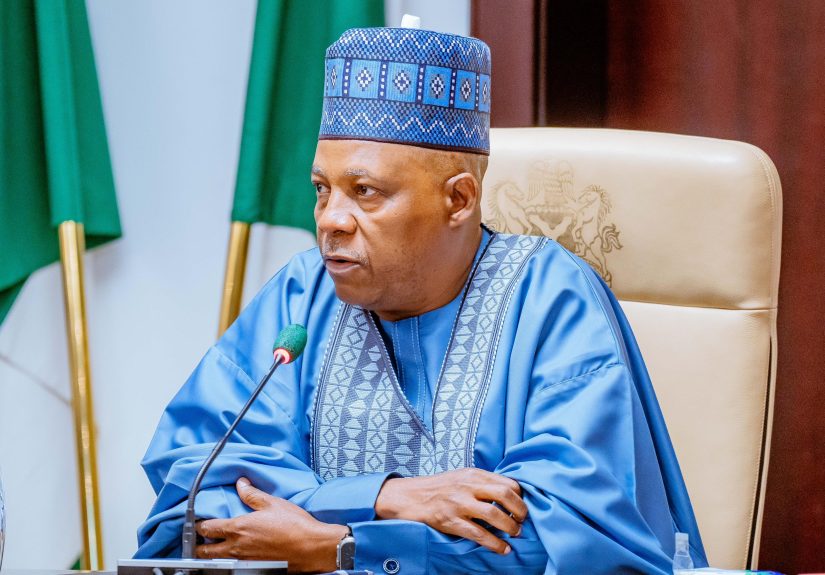
On April 11, 2025, during the launch of the flood forecast, Vice President Kashim Shettima said, “We cannot afford to wait for disaster to strike before taking action. The human and economic toll of floods in Nigeria has become unbearable. We must act now to protect lives and livelihoods by leveraging science, technology, and collaboration.
The Ministry of Water Resources and Sanitation, led by Minister Prof. Joseph Terlumun Utsev, also spoke at the launch.
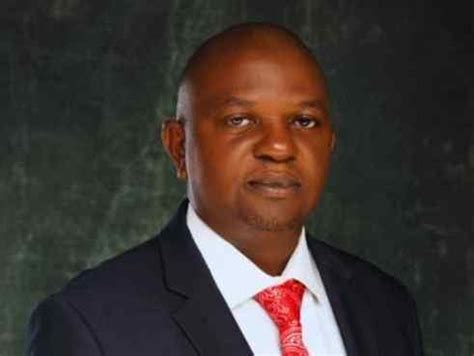
He said, “Floods remain among the most destructive natural disasters globally. This year’s forecast advocates for improved infrastructure and localized planning to build flood resilience.” This means the government wants to build stronger flood defenses and plan better at the local government level.
The Director General of NIHSA, Umar Ibrahim Muhammed, explained that they are using new technology and hydrological models to predict floods more accurately.
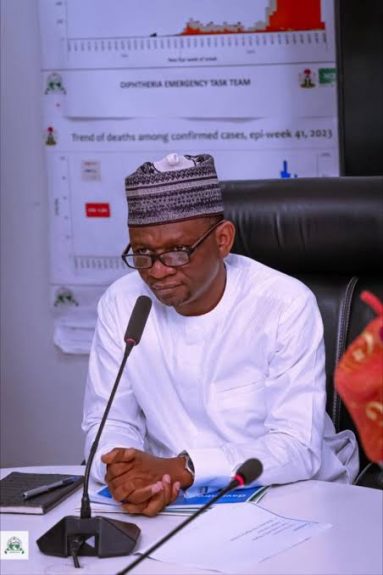
He said the 2025 forecast includes information about how floods might affect important areas like hospitals, schools, farms, roads, and water supplies. Muhammed encouraged everyone to use this information to plan and reduce flood damage.
The government’s plan to fight floods includes: Making general flood forecasts to know which areas are at risk, sharing flood warnings quickly and clearly with people, taking steps to reduce the number of people and properties exposed to floods.This plan follows international guidelines like the Sendai Framework for Disaster Risk Reduction and the Sustainable Development Goals (SDGs). It also supports the Paris Agreement on Climate Change by encouraging actions that reduce the effects of disasters.
Even though the government is working hard, Nigeria still faces many problems in managing floods:
Poor Infrastructure: Many cities have bad drainage systems that cannot handle heavy rain. This causes water to build up and flood streets and homes. Lagos and Abuja are examples of cities with weak drainage.
Climate Change: Weather patterns are becoming less predictable. Sometimes rains are heavier and last longer, causing floods. Coastal areas are also threatened by rising sea levels and stronger storms.
Vulnerable Communities: Many communities at risk do not have good flood defenses or early warning systems. These communities often suffer the most damage. Floods affect their homes, farms, health, and ways of earning a living.
Coordination and Money: Fighting floods need good teamwork between federal, state, and local governments. It also requires enough money to build infrastructure and support communities. Sometimes, funding and coordination are not enough. Flooding causes many problems for people and the country’s economy.
In 2024, floods killed at least 320 people and affected over 1.3 million Nigerians in 31 states.
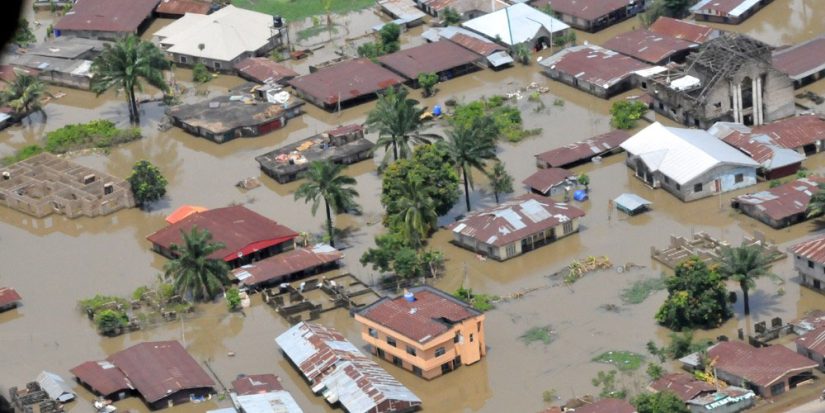
Homes, farms, and roads were destroyed. This makes it hard for people to get food, travel, and access health services. Prices of goods often go up after floods, making life harder for poor families.
Prof. Utsev said, “Floods are among the most devastating natural disasters affecting lives, property, agriculture, and infrastructure. This year’s forecast aims to raise awareness and encourage preparedness among citizens, particularly in vulnerable communities.”
The 2025 flood forecast focuses on how communities can prepare themselves. This means teaching people about flood risks and helping local governments plan better. Some ways communities can get ready include:
Creating local flood early warning systems, improving drainage and flood barriers within communities, teaching people what to do before, during, and after floods; and using land and natural resources carefully to reduce flood damage.
The government wants communities to be more involved because local people know their areas best. When communities prepare and act early, they can reduce the damage floods cause.
The 2025 flood forecast shows that many parts of Nigeria will face serious flooding. The government is working to improve flood prediction and response, but there are still many challenges. Communities, local governments, and citizens all have roles to play in preparing for floods. By working together and using the information from the forecast, Nigeria can reduce the harm caused by floods. One important part of Nigeria’s flood preparedness is the use of technology.
NIHSA utilizes satellite data, weather models, and river monitoring systems to predict where and when floods might happen. This technology helps give early warnings to people living in flood-prone areas. For example, mobile phone alerts and radio announcements can inform communities to move to safer places or protect their belongings. Technology also helps government agencies to plan better.
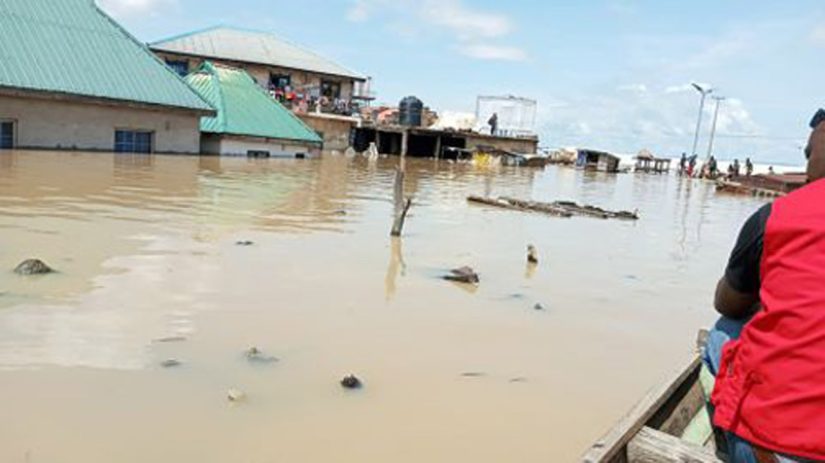
By learning which areas will be affected, they can send emergency supplies, rescue teams, and medical help more quickly.
According to Umar Ibrahim Muhammed, “Our use of advanced hydrological models allows us to provide timely and accurate flood forecasts, which are essential for saving lives and reducing damage.” Flood preparedness is not only about government action. It also depends on how well people understand the risks and what they can do to stay safe. Many Nigerians live in localities where floods happen often, but some do not know how to prepare or respond. The government and non-governmental organizations (NGOs) are working to educate the public. They organize workshops, community meetings, and school programs to teach people about floods. They explain how to build homes safely, store food and water, and create emergency plans.
Local leaders play a key role in spreading information and organizing community efforts. When communities work together, they can build small flood barriers, clean drainage channels, and help vulnerable members like the elderly and children. Nigeria’s flood management efforts also receive support from international organizations. Groups like the United Nations, World Bank, and African Development Bank provide funding and technical help. These partners assist in building flood defenses, improving weather monitoring systems, and training officials.For example, the World Bank has supported projects to improve drainage in Lagos and other cities. The United Nations Office for Disaster Risk Reduction (UNDRR) helps Nigeria align its flood management with global best practices. Vice President Shettima said “Collaboration with international partners strengthens our capacity to manage floods and protect our people.” Flooding in Nigeria is a big challenge, but with better planning, technology, and community action, the country can reduce the harm caused by floods. The 2025 flood forecast is a warning and a guide to help everyone prepare for the rainy season. It is important that governments, communities, and individuals work together to stay safe and protect their homes and livelihoods.
